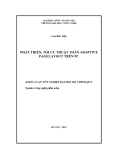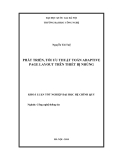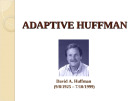






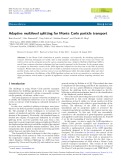
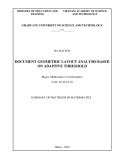

Adaptive behavior assessment system–II technical report provides a comprehensive norm-referenced assessment of the adaptive skills of individuals ages birth to 89 years. The clinician can use the ABAS–II to diagnose and classify disabilities and disorders; identify an individual’s strengths and limitations; and to document and monitor the individual’s performance over time. The ABAS–II provides for the assessment of an individual by multiple respondents (e.g., parents, teachers, family members, the individual), evaluates function across multiple environments, and contributes to a complete assessment of the daily functional skills of an individual.

A comparison of three adaptive behaviour measures in relation to cognitive level and severity of autism compared the relationship between three measures of adaptive behaviour on the one hand, and cognitive level and severity of autism on the other. Strong positive correlations were found between MA and adaptive skills on all three measures.

These results in Normative factor structure of the AAMR adaptive behavior scale school, second edition suggest that interpretation of the ABS-S:2 should focus on its two maJor conceptual components (personal independence and social behav- ior) rather than them five factors and 16 domains endorsed by its authors. Correspondingly, comparison of domain scores to identify adaptive strengths and weaknesses should be de-emphasized because variation in these scores is best explained by the two common factors rather than specific adaptive domains.

The goals of The diagnostic adaptive behavior scale: Evaluating its diagnostic sensitivity and specificity is comparing the DABS standard score of assessed individuals with and without and ID diagnosis and determining sensitivity and specificity of the DABS to correctly identify persons with an ID diagnosis from individuals who do not have an ID diagnosis; and evaluating the sensitivity and specificity across age groups 4–21 years old.

